Consulta Serie Monográfica SAS-INAH en
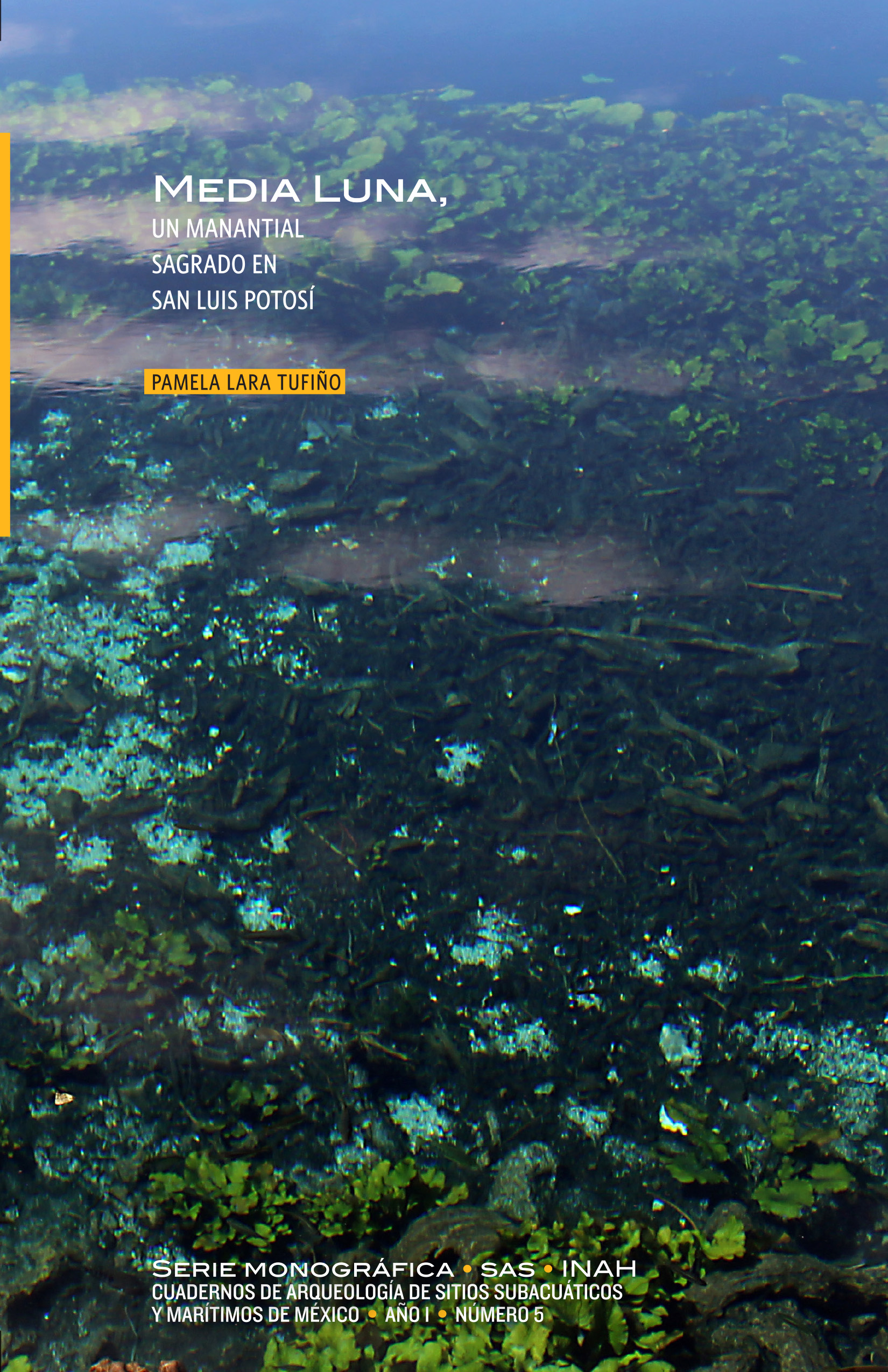
Media Luna and its surroundings were frequented by groups of the Rio Verde Culture, settled in the region between 250 and 1100 AD. The analysis of materials located inside the spring demonstrates it was used as a ritual space. The current Media Luna Archaeological Project, directed by Pamela Lara Tufiño, has studied the geological formation of the spring to learn about its changes over time. Areas on land and water have been surveyed, finding ceramic figurines and vessel remains. Likewise, an underwater excavation was carried out that resulted in the discovery of the skull of a female individual and of a skeleton belonging to a sub-adult woman, found on one of the walls. Finally, more than 400 figurines stored in private collections and state museums have been recorded.
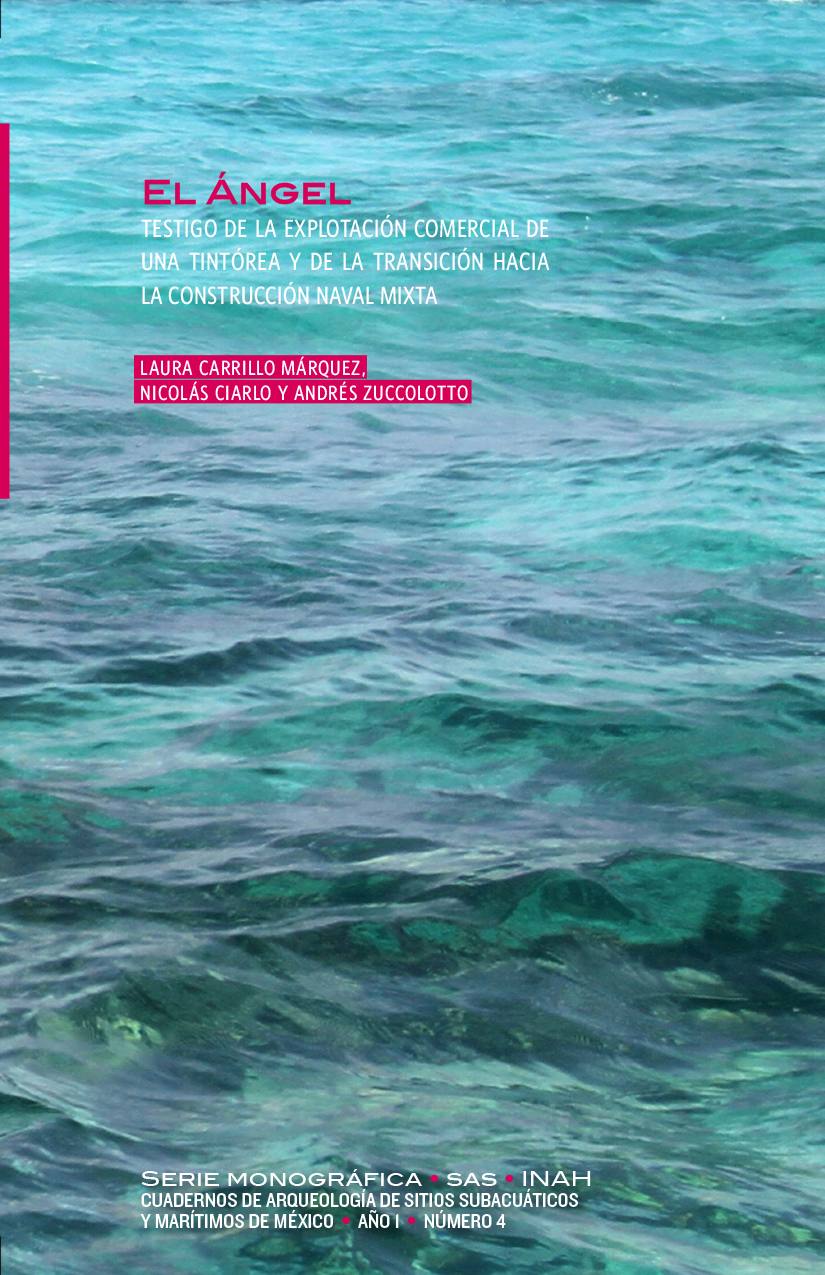
The waters of the Caribbean coasts of Mexico, Guatemala, Belize and Honduras, are home to one of the most important ecosystems in the world, the Mesoamerican Reef System. Within it, Banco Chinchorro shelters an important cultural wealth represented by at least 70 sites with vestiges of naval accidents and objects of various origins, abandoned, discarded or lost between the 16th and 20th centuries. In particular, the remains of a shipwreck known as El Ángel stand out, which lies with its bottoms (lower part of the hull) and cargo (palo de dye), partially buried in a sandbank. The researchers, led by Laura Carrillo Márquez, study it to learn about the history of the ship and the society of its time; delve into its construction characteristics and understand the processes that led to its sinking and those that they have transformed it. Likewise, the remains are analyzed as one of the events that throughout five centuries have added to the conformation of the maritime cultural landscape of Banco Chinchorro.
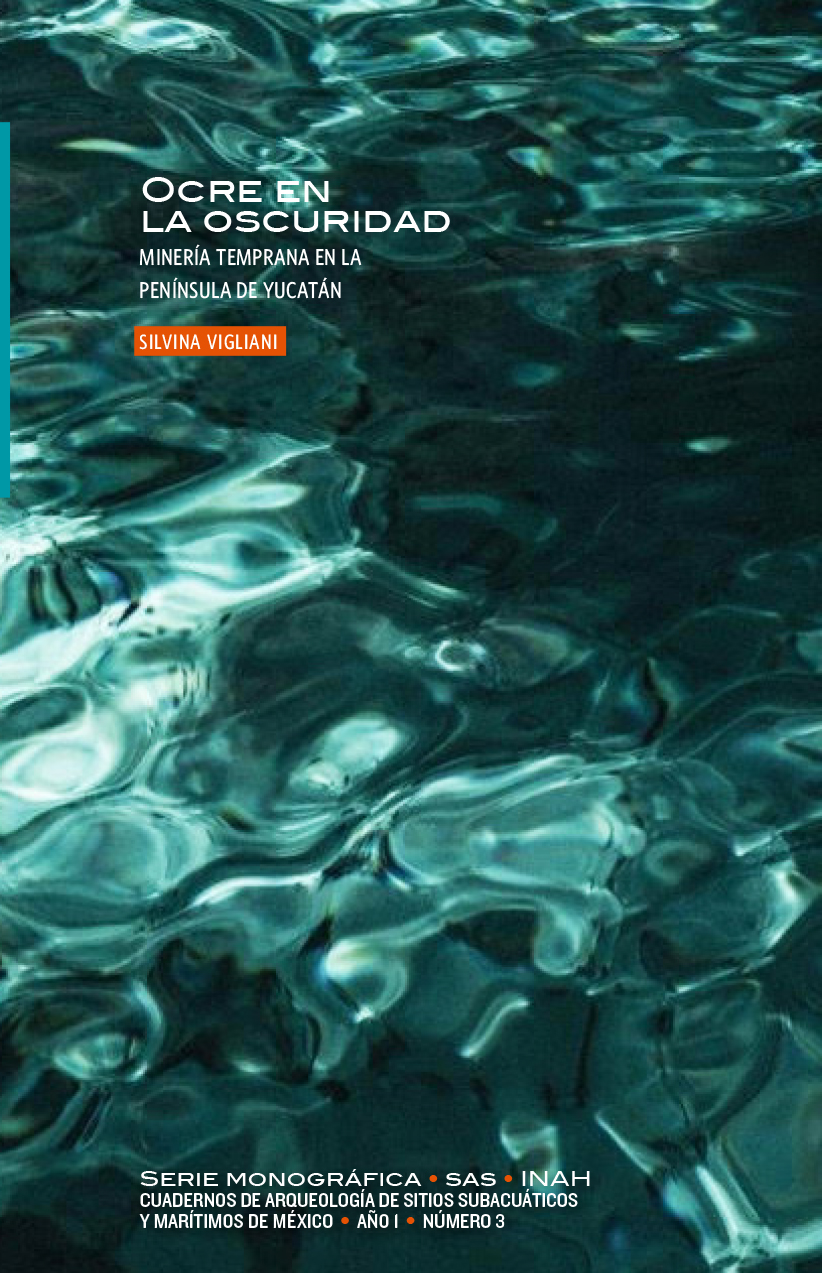
A large outcrop with evidence of early mining activity is located within the Sagittarius cave system, near Akumal, Quintana Roo. The studies revealed that they were highly mobile hunter-gatherers, whose material culture was little known until the discovery of La Mina. The archaeologist Silvina Vigliani tells us about its enormous value for the understanding of the first American settlers and in particular of the region, underlining its importance to study the social and symbolic dimensions of these groups.
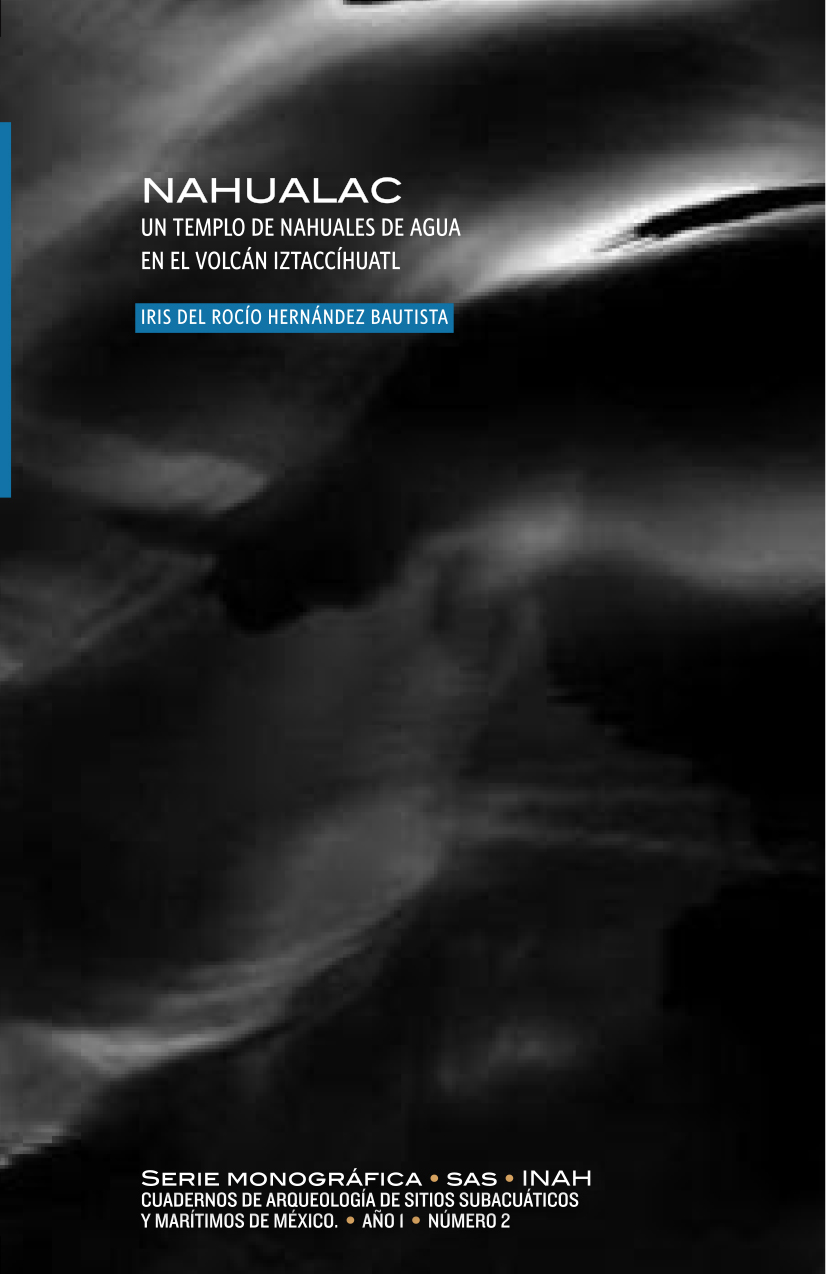
Within the framework of a high mountain archaeological project, at the foot of the Iztaccíhuatl volcano, Iris del Rocío Hernández Bautista studies the rituals around a pre-Hispanic temple built in an artificial pond, which seems to represent a microcosm. The Nahualac Archaeological Project seeks to cover the greatest possible number of evidence and characteristics linked to the site, considering the relationships between the landscape and the archaeological context as the meaning of natural phenomena in ancient Mesoamerican thought.
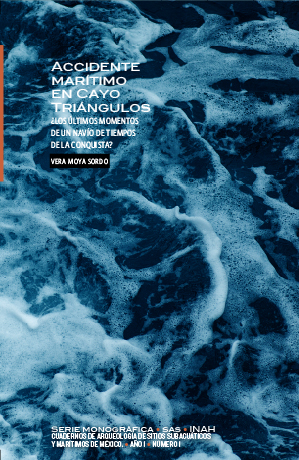
The first European explorers who with their ships navigated the Bank of Campeche, Gulf of Mexico, had to cross its sinuous banks, cays and reefs, where naval accidents were frequent. In particular, the keys known as Triangles shelter the remains of ships from different eras and origins, which share characteristics indicative of the attempt of their crews to avoid a fatal end. Among them, Vera Moya Sordo studies an archaeological site that is evidence of the passage through the area of one of the first Spanish ships.
LEGAL NOTICE
All contents from this site are property of the National Institute of Antropology and History of Mexico. Content can be downloaded and shared without modifications, only when authority is aknowledged and without commercial intent.
Dirección de Innovación Institucional
Coordinación Nacional de Desarrollo Institucional - Instituto Nacional de Antropología e Historia
Hamburgo 135, Colonia Juárez, CP 06600, Alcaldía Cuauhtémoc, Ciudad de México, México
